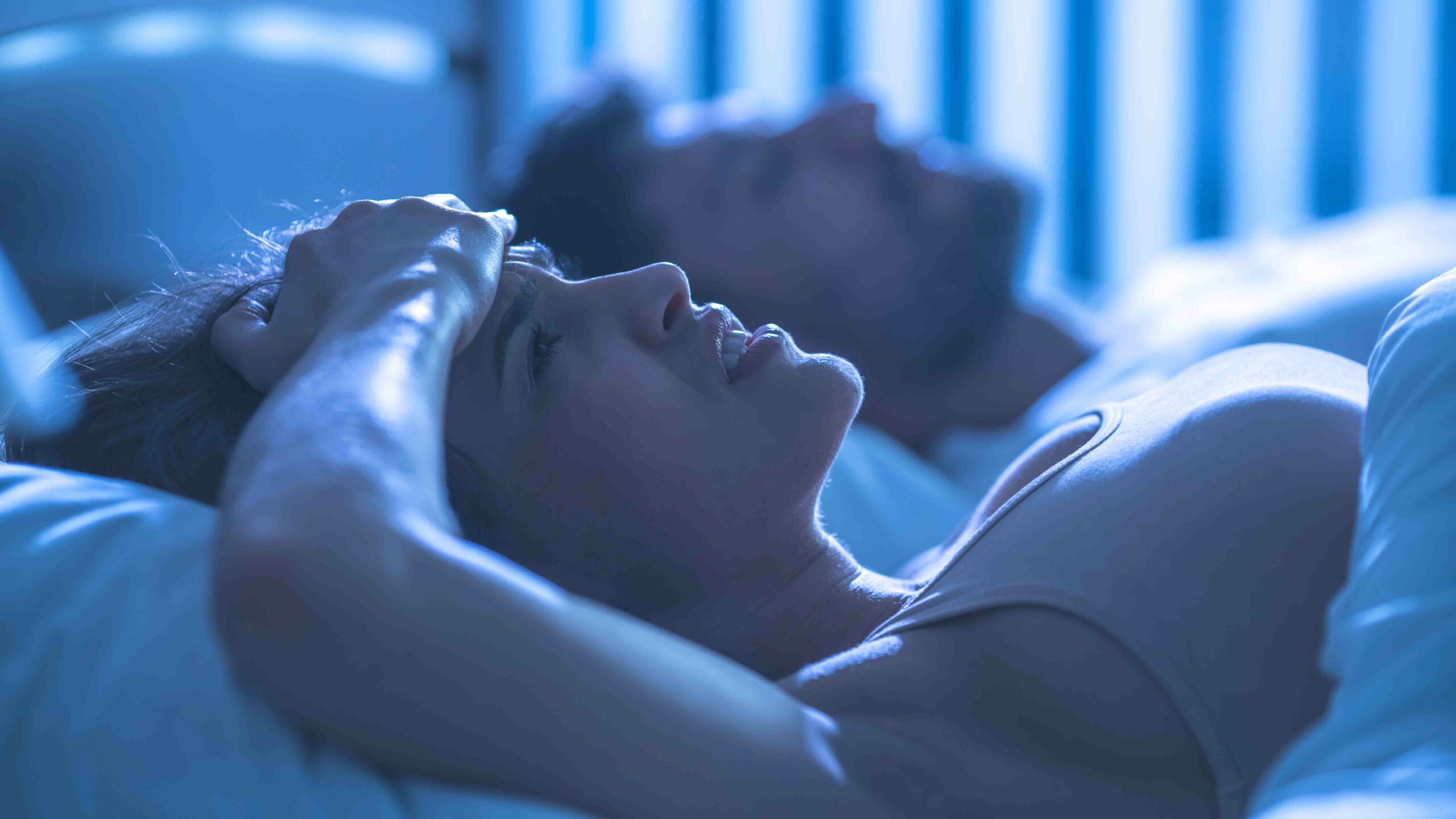Do you find it difficult to get to sleep? Your mind is whirring away and sleep feels like a million miles away.
We know that sleep is incredibly important – the lack of it can seriously impact our health, however sometimes it just seems impossible to relax, unwind and slip into a deep sleep.
Well, often people who find themselves having difficulties sleeping turn to their sleep associations to help.
What are sleep associations?
Sleep associations are often associated with babies. They are the actions taken to help them fall asleep e.g.
- Rocking the baby to sleep
- Holding the baby’s hand until they fall asleep
- Bouncing the baby to sleep
By carrying out these activities the baby becomes conditioned to need them in order to fall asleep. This can be a positive thing or a negative thing – especially if it requires yourself to be present all the time!
Sleep associations in adults
Sleep associations are not confined to babies though. In fact, many adults adopt certain behaviours to help them get to sleep.
Repetition of these behaviours become so ingrained that we find it incredibly difficult to fall asleep without them.
It could be that you need to have the TV on, hold a blanket or spray your pillow with a certain scent! Some are neutral – for example, spraying your pillow with a scent is unlikely to result in any trouble.
However, as with babies, some of these sleep associations can have a negative effect on us. One of the most challenging sleep associations concerns itself with the position we adopt to go to sleep.
Sleep association and lying position
Many people can’t fall asleep unless they are in a certain position. It’s not that much of a surprise – most of the time, you hear that you should fall asleep in whichever position feels comfortable.
Unfortunately for some, the position that has become their sleep association is in fact doing them more harm than good.
Stomach sleepers
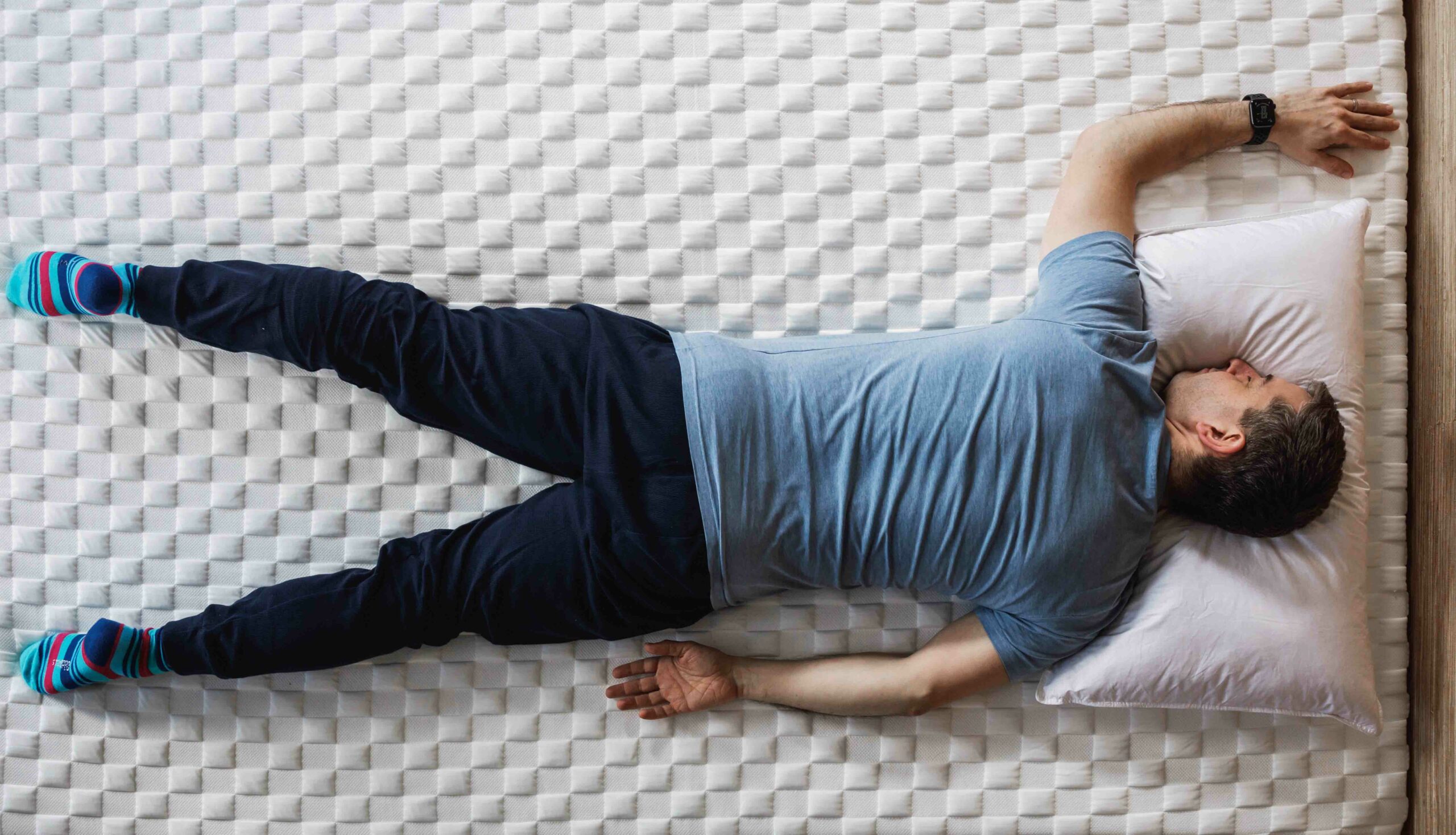
People who insist on sleeping on the stomach, finding it the most comfortable position to help with getting to sleep, are not helping their spines. Sleeping this way will undoubtedly lead to musculoskeletal problems further down the line.
In addition to lower back pain, there’s also a high chance that you’ll develop hip and neck pain. This is because gravity is pulling down on your back, pressing your spine and causing tension around the associated muscles.
Whilst sleeping on your stomach is bad enough, we would advise that if you insist doing so then don’t use a pillow – as this will increase tension on the spine and might result in lower back pain.
Non optimal side sleeping
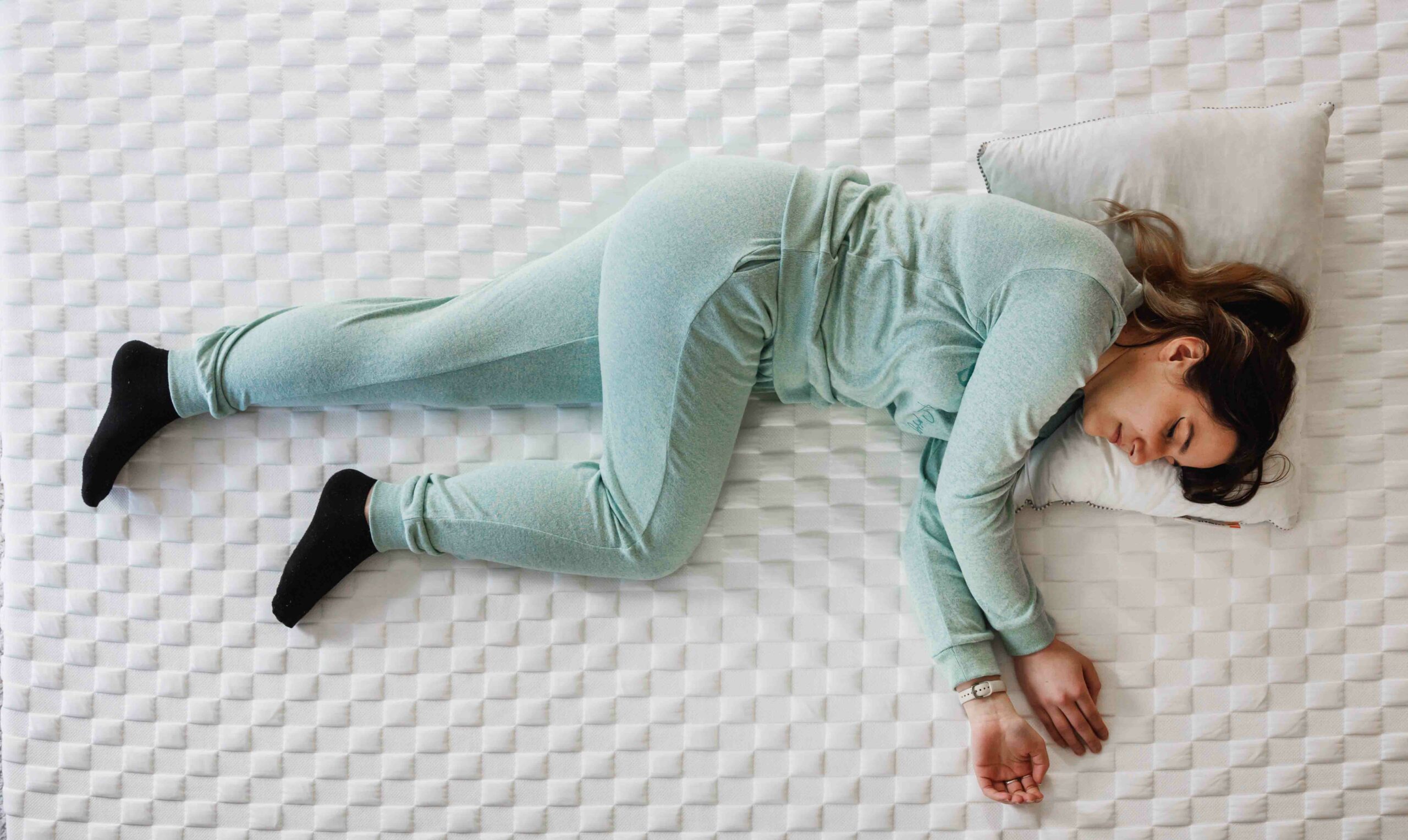
Another sleep associated position is sleeping on your side with one leg up. We do this because of proprioception – our body’s understanding of where we are in space.
Having our leg raised makes us feel more secure in our lying position – without it, we feel unstable. However, this sleeping position also comes with problems.
The top hip comes in front of the bottom hip causing twisting at the spine.
You may feel like you’re not getting aches and pains yet, however at some point in your life you’re going to start getting some arthritis, get pain in your neck (because you’re always twisting it either way), hips and shoulder and the SI joints.
So can you undo a sleep association?
The good news is yes!
But…it’s going to take a little practice. Just think of some of the sleep associations you had as a baby e.g. sucking your thumb – chances are you’ve grown out of that. Therefore you can work on ditching a poor sleeping position as well.
The optimum sleeping position we advise is the one we call the Dreamer. It’s well evidenced that this semi- foetal, side lying position puts the least amount of tension through your spine.
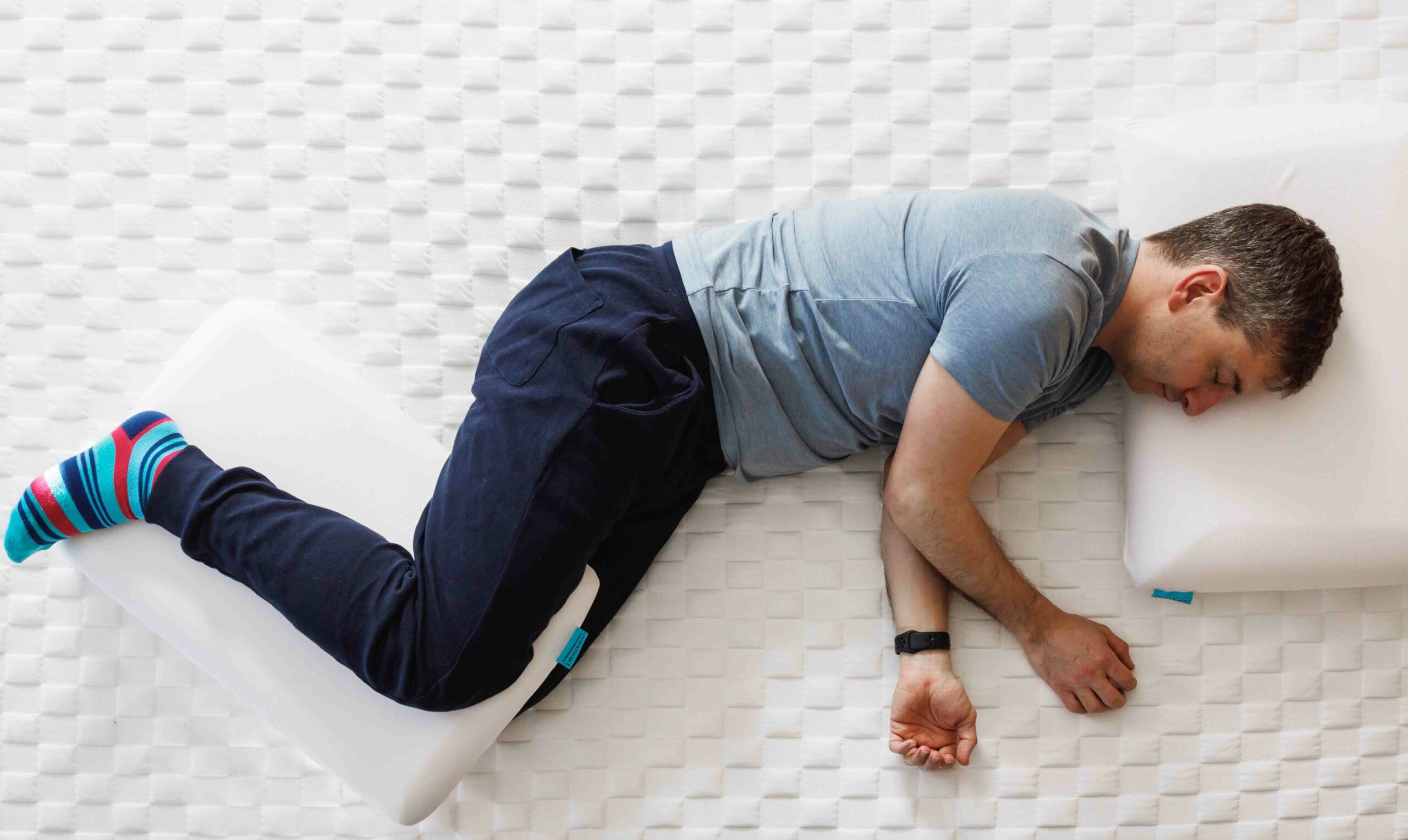
If, however, you prefer to sleep on your back then that’s ok, but we’d ask you to go one step further. When you lie on your back you’ll notice that there’s an arch between you and the bed.
To mitigate this, put a pillow underneath your knees allowing your pelvis to slightly tilt – allowing for your back to touch the lying surface. This means more body weight distribution and less tension in that arch.
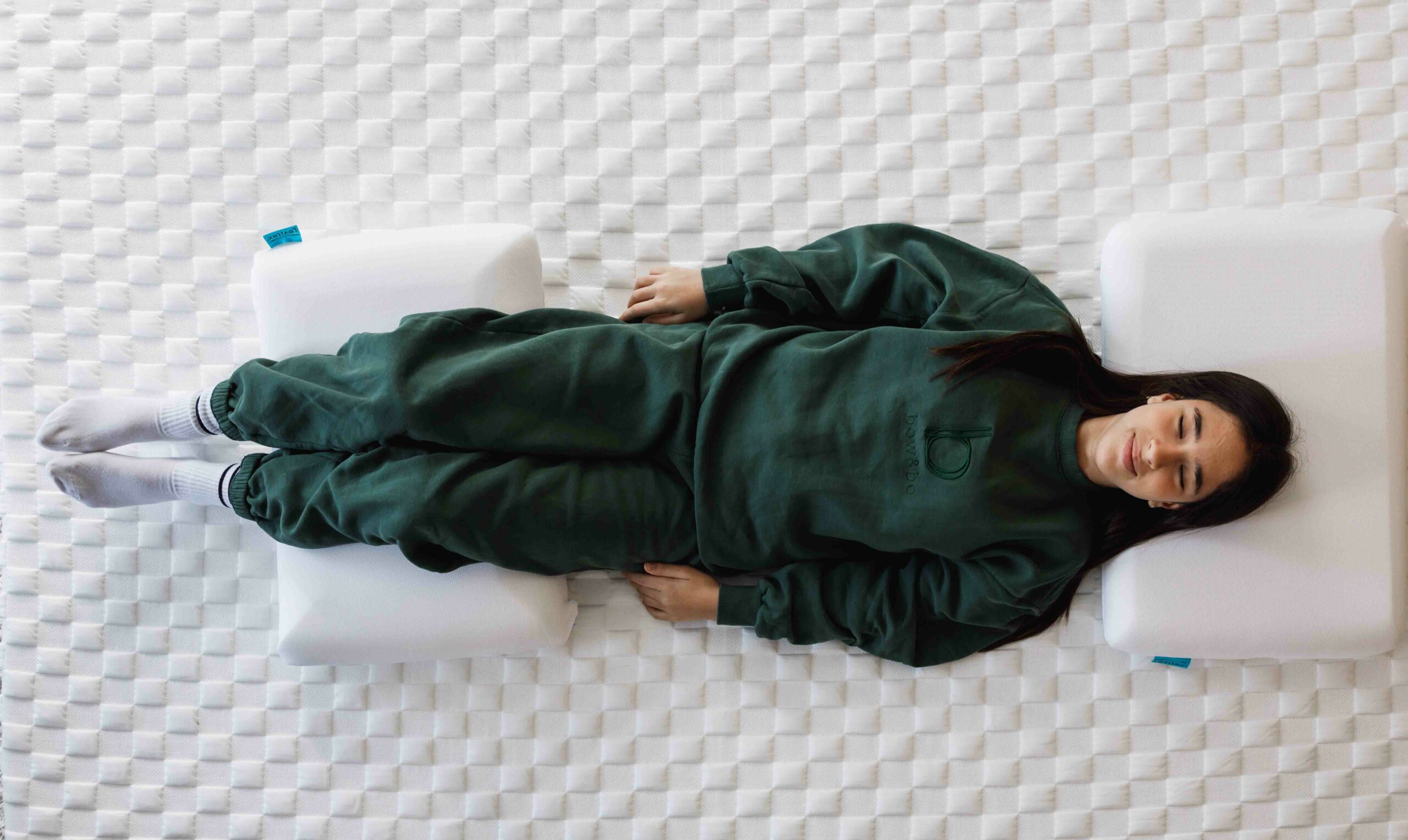
So now you know the best ways to sleep it’s time to try it! Remember this is a life’s work and most probably will feel alien at first.
However, persist.
Start by sleeping on your side, or a pillow underneath your knees if you lie on your back and try it for 20 mins. If by then you’re still finding it difficult, transition back to your sleep associated position.
Remember we follow habits so try and do this every night and at some point you’ll find that you’ve beaten your bad sleep association and gained a better one.
And if your sleep association is sleeping with a blanket or needing a certain bedroom scent? Don’t worry too much – as long as it’s not causing you trouble, you don’t have to ditch it.

